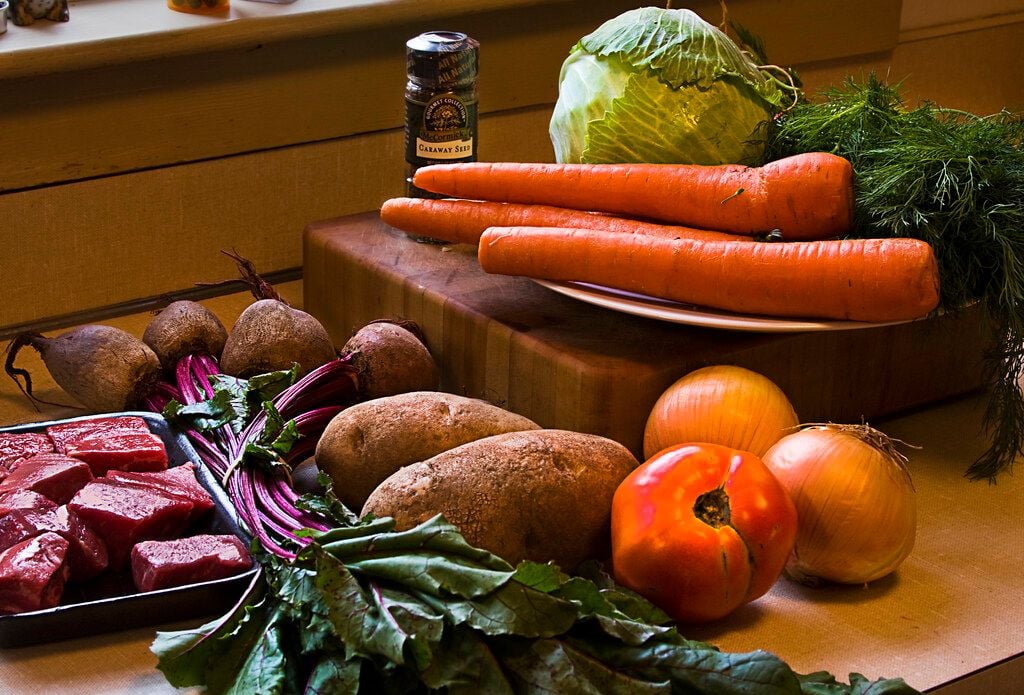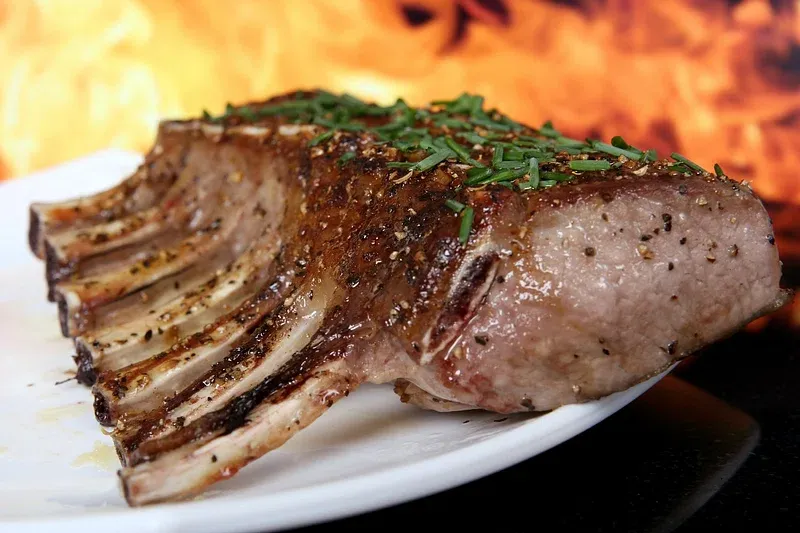
Unleashing the Power of Halloumi: The Ultimate Summer Grill Cheese
- Aug 31, 2024
You won't truly feel the spirit of summer until you experience the distinct sizzle of Halloumi on your grill. This phenomenal Cypriot cheese stands out because it resists melting under heat like no champion. Its strikingly solid and rubbery texture keeps intact during heating, making it perfect for grilling, stirring, or even skewering. Owing to its high pH (low acid) composition, Halloumi promises a fail-safe barbecue experience while maintaining its form. Closing out this grilling season, consider incorporating this versatile cheese into everything from substantial burgers to invigorating salads.
Produced in Cyprus, Halloumi is a beautifully salty, semi-firm cheese crafted using unpasteurized milk from sheep or goats or a blend of both and animal rennet. It earns its iconic chewy texture through a unique manufacturing phase where the curds undergo a scalding process in hot whey, causing the proteins in the whey to denature. Post pressing, the cheese acquires its much-beloved texture and creates a distinctive squeaky sensation when consumed.
Halloumi continues to rise in popularity and is now readily available in many grocery stores, specific cheese shops, and online retailers. However, as of 2021, only cheeses made by licensed Cypriot cheese-makers following detailed instructions can officially be called "Halloumi" in the European Union and awarded "Protected Designation of Origin" or PDO status. The US and several other countries import both PDO Halloumi and Halloumi-style cheeses made outside Cyprus. If you're keen to distinguish between the two, look out for a red and yellow PDO stamp on the packaging. 'Halloumi-style' generally applies to cheeses seeking to emulate traditional Halloumi but may use cow's milk instead of sheep or goat's.
While Halloumi can be enjoyed raw, most cooking enthusiasts agree that it truly shines when cooked. Grilling is a favorite method of cooking Halloumi, but it can also withstand shallow or deep-frying. Remember, set your grill to medium-high (around 400–450°F) for perfect results. Beware of high temperatures; despite Halloumi's ability to resist melting, it can get burnt if the heat is excessively high. Also, remember to pat-dry your Halloumi before grilling to secure a flawless, crispy exterior. Ideally, your Halloumi portions should be about an inch thick.
To stop Halloumi from sticking to the barbecue, oiling your grill grates or brushing some oil on the Halloumi before heating can also work wonders. For inch-thick pieces, grill Halloumi for about three to five minutes per side. The texture or thickness of your slice can influence grilling times. Once it develops a golden-brown crust or visible grill marks on both sides, your grilled Halloumi should be ready.
Incredibly versatile, grilled Halloumi can easily be the star of the meal, or accompany numerous side dishes, such as seasonal grilled veggies, salads, or in wholesome grain bowls. So, why not add a slice of the Mediterranian to your next summer bbq with some sizzling Halloumi?






